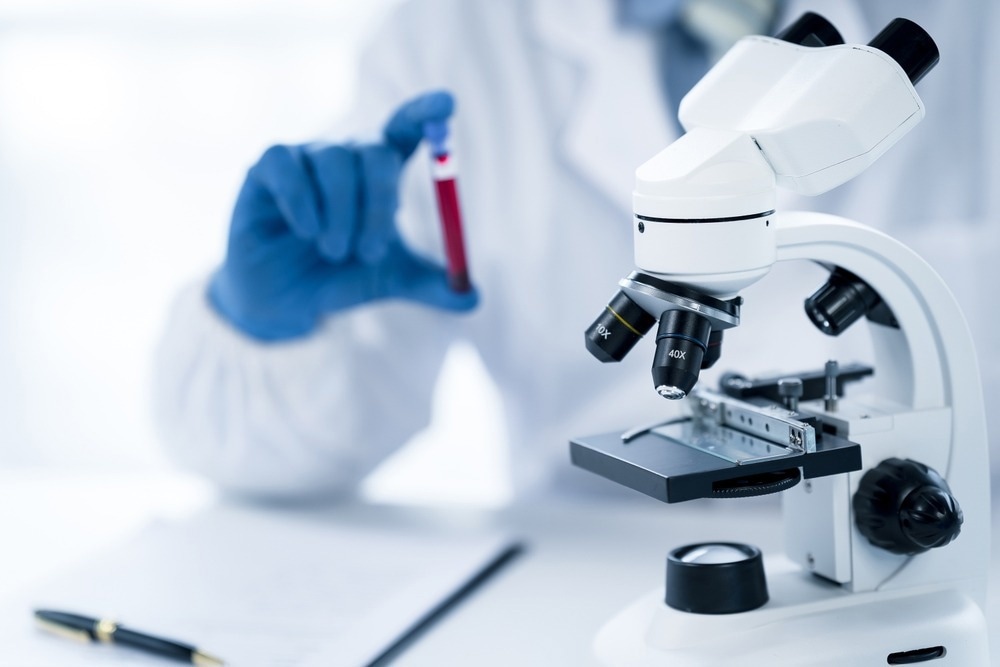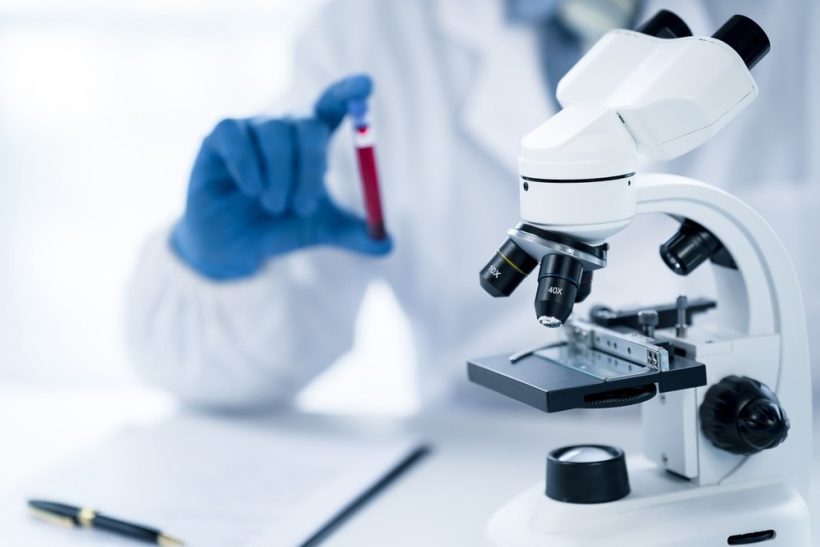Throughout the ongoing coronavirus disease 2019 (COVID-19) pandemic, which has been caused by the spread of the highly infectious severe acute respiratory syndrome coronavirus 2 (SARS-CoV-2), scientists have developed various innovative diagnostic tools, many of which have been extended beyond the boundaries of the conventional clinical microbiological laboratory.
A recent editorial published in the journal Clinical Biochemistry reports the latest innovations in the field of infectious disease diagnostics.

Study: Innovations in Infectious Disease Diagnostics. Image Credit: PaeGAG / Shutterstock.com
Novel infectious disease diagnostics
Over the past several years, there have been significant improvements in diagnostic testing capabilities for infectious diseases, such as those due to influenza, SARS-CoV-2, Clostridium difficile, human immunodeficiency virus (HIV), and Group A streptococcus, as well as sexually transmitted infections (STIs) and Lyme disease.
Several years ago, Hepatitis B surface antibody testing was introduced based on automated chemical analyzers. This approach, which has been applied to other infectious diseases, has been expanded to detect antigens and nucleic acids, in addition to antibodies.
The utilization of alternative and non-invasive sample types has also been reported, such that the diagnostic samples are not restricted to blood specimens of infected individuals. Recently, saliva and dried blood spots have been used for the diagnosis of SARS-CoV-2 infection, in which saliva can be used for disease diagnosis, while dried blood spots can be used for surveillance purposes.
Several innovative disease diagnostic tools are based on artificial intelligence and machine learning applications. Advancements in existing technologies and the discovery of new technologies have led to point-of-care, over-the-counter testing, and direct-to-consumer testing applications.
Previous research has revealed the importance of understanding test limitations. More specifically, less-than-optimal analytic sensitivity, if properly implemented, could be perfectly “fit for purpose” in regional networks of hospitals and clinics.
Researchers have also validated a novel analytical method to analyze three proteins simultaneously. This method can accurately distinguish between bacterial and viral infections in ill patients.
Over-the-counter and direct-to-consumer types of novel diagnostic kits have been developed to detect Group A Streptococcus pharyngitis. A recent United States Centers for Disease Control and Prevention (CDC) Lyme testing algorithm has also considerably improved practical considerations for its implementation.
Challenges
Significant differences in SARS-CoV-2 antibody assays have been reported. Thus, the optimal performance of these assays must be considered when used in the future.
Certain limitations associated with nucleic acid amplification testing have also been described, despite the fact that this assay is considered to be the gold standard for SARS-CoV-2 detection in terms of its specificity and sensitivity.
The research by Balogun and Slev (2022) provided important insights into issues related to currently available HIV testing. More specifically, these scientists described current challenges related to pre- and post-exposure prophylaxis used for managing HIV infection.
- Tolan, N. V. & Horowitz, G. L. (2022). Innovations in Infectious Disease Diagnostics. Clinical Biochemistry. doi:10.1016/j.clinbiochem.2022.10.006
Posted in: Medical Science News | Life Sciences News | Medical Research News | Disease/Infection News
Tags: Antibodies, Antibody, Artificial Intelligence, Assay, Biochemistry, Blood, Clostridium, Clostridium Difficile, Coronavirus, covid-19, Diagnostic, Diagnostics, Hepatitis, Hepatitis B, HIV, Immunodeficiency, Infectious Diseases, Influenza, Laboratory, Lyme Disease, Machine Learning, Nucleic Acid, Pandemic, Pharyngitis, Prophylaxis, Research, Respiratory, SARS, SARS-CoV-2, Severe Acute Respiratory, Severe Acute Respiratory Syndrome, Syndrome, Virus

Written by
Dr. Priyom Bose
Priyom holds a Ph.D. in Plant Biology and Biotechnology from the University of Madras, India. She is an active researcher and an experienced science writer. Priyom has also co-authored several original research articles that have been published in reputed peer-reviewed journals. She is also an avid reader and an amateur photographer.
Source: Read Full Article
